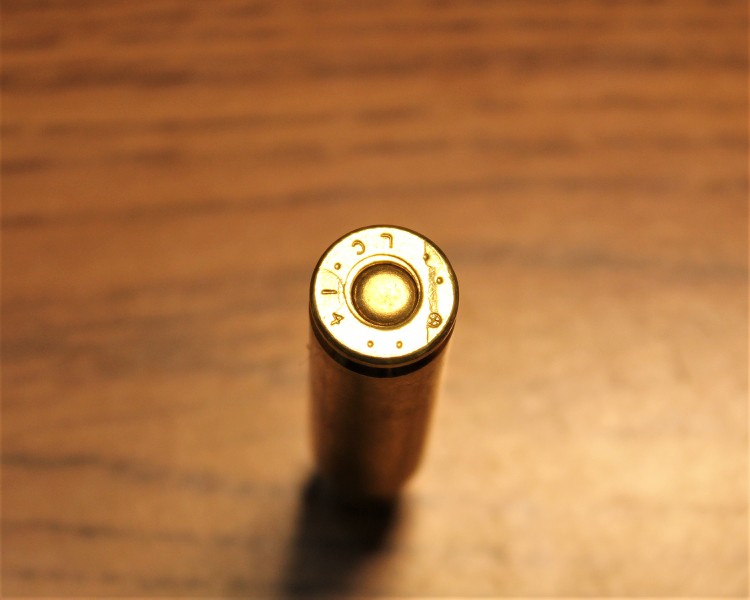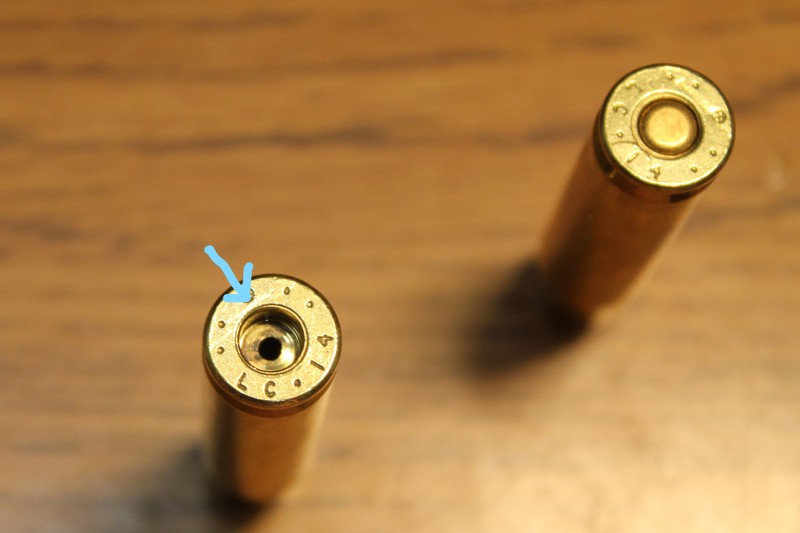Rc 20, us old hot pressure loaders know how to tighten the pockets up.
Hmmm, is that anything like a stretcher for a thermocouple?
Rc 20, us old hot pressure loaders know how to tighten the pockets up.
Hmmm, is that anything like a stretcher for a thermocouple?


I've also found that some of the indicators aren't always accurate or dependable
